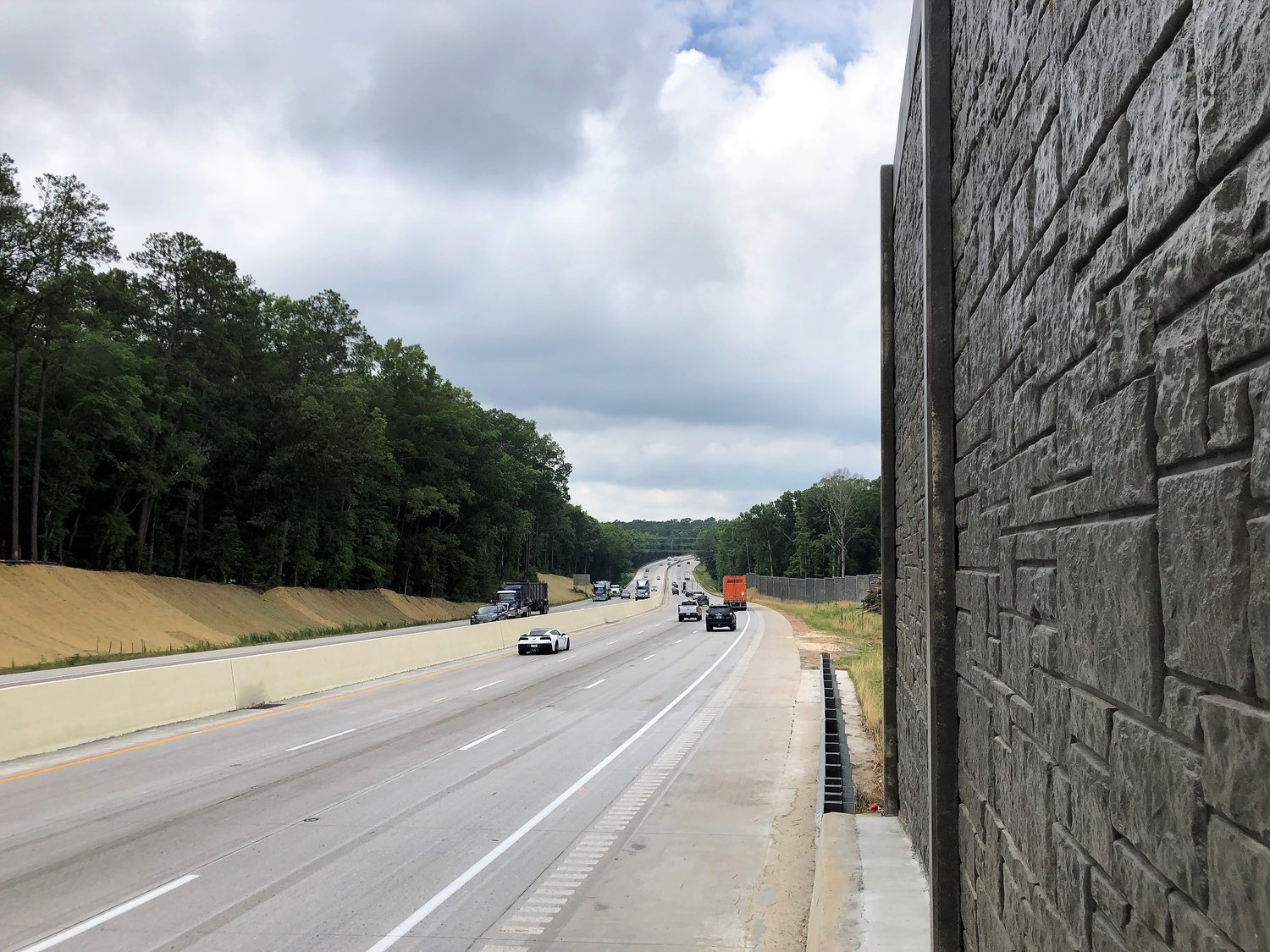DOT Breaks Down Gas Tax Impact on Lexington County
Among the interesting points made was just how quickly the funds raised by the gas tax get eaten up by projects.
This item is available in full to subscribers.
Subscribe to continue reading. Already a subscriber? Sign in
Get 50% of all subscriptions for a limited time. Subscribe today.
Please log in to continueNeed an account?
|
DOT Breaks Down Gas Tax Impact on Lexington County
On Nov. 8, the day residents in Lexington County headed to the polls to ultimately disapprove 1% sales tax for locally funded road improvements, representatives from the state Department of Transportation appeared at the Lexington Chamber’s monthly Business Over Breakfast event to discuss how the now fully phased-in 12-cent hike in the state gas tax is impacting the county.
Among the interesting points made was just how quickly the funds raised by the gas tax get eaten up by projects.
Justin Powell, chief of staff for DOT, gave an overview of how funds generated by the tax increase, about $600 annually, are being used. The tax increase was passed in 2017 and was fully phased in earlier this year.
He explained that each additional penny added to the gas tax generates about $36 million annually. Putting that in the perspective of a local project, he noted that the ongoing effort to replace the U.S. Highway 1/Interstate 20 overpass is set to cost about $70 million.
“That’s two pennies of the gas tax that is paying for that particular project here in Lexington,” he said.
Powell noted that South Carolina has the fourth-largest state-owned highway system in the country, emphasizing the importance of the additional gas tax funds in attending to what he said was 30 years of deferred maintenance on Palmetto State roads.
One local project that is in the beginning phases is set to be the biggest ever undertaken by DOT, Powell said.
Carolina Crossroads, the reworking of the interchanges between I-20, Interstate 26 and Interstate 126 (commonly referred to as “Malfunction Junction”) will be about three times bigger than the Cooper River Bridge in Charleston, he said. He added that contract for the biggest piece of the project, replacing the central I-20/I-26 interchange, should be worth about $1 billion.
The first two phases of Carolina Crossroads are underway, with trees being cleared to redo the Colonial Life Boulevard interchange.
Powell and Andy Leaphart, DOT’s chief engineer for operations, gave a specific overview of the state road projects touching Lexington County – which also include:
- The widening of I-20 in the county (the reconfiguration of which was completed in June)
- Rehabbing bridge surfaces along Interstate 77 (which is set to start in the spring and require alternating shutdowns of each side of the interstate)
- The ongoing widening of I-26 between Little Mountain and Chapin (which shifted traffic again starting earlier this month; Leaphart said the project is 60% complete)
- The coming resurfacing of I-20 (the stretch from just past U.S. Highway 178 near Batesburg-Leesville and just short of Longs Pond Road)
- The coming replacement of the U.S. Highway 21 bridge over Congaree Creek
Lexington County has also seen benefits from DOT’s Rural Road Safety Program, which improves rural roads through resurfacing, adding paved shoulders, and adding rumble strips to the side and center lines in an effort to prevent accidents.
“South Carolina has the dubious distinction of having the nation’s worst rural road fatality rate, and by a lot,” Powell said.
The state’s rate of fatalities on rural, non-interstate roads in 2020 was 4.13 per 100,000 people (according to TRIP, a national transportation research nonprofit), easily outpacing the rest of the top five – Oregon (3.12), Arizona (2.78), Georgia (2.74) and Louisiana (2.72).
Leaphart said the Rural Road Safety Program gets an investment of about $50 million per year and that about 800 miles of road have been improved so far, including Highway 178 between Batesburg-Leesville and Pelion, which he said was the first road upgraded through the program.
Leaphart also touched on the annual maintenance DOT handles on roads in Lexington County, which totals $18.9 million each year – $9.3 million on major roads (U.S. 378, U.S. 1, and S.C. Highway 6 over the Lake Murray dam), $6.3 million on farm-to-market roads and $3.3 million on neighborhood streets.
“We've inherited a lot of roads in the state that didn't come up as a traditional DOT,” Leaphart said of the farm-to-market roads. “We're not a big state, but we maintain a lot of those roads that in other states are historically handled by counties and cities.”
Other items that may interest you







Comments
No comments on this item Please log in to comment by clicking here